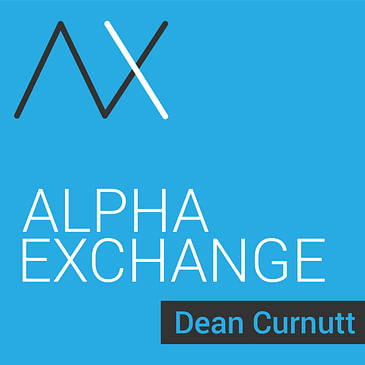Earning a Ph.D. in financial economics is no small feat. And not only did Garrett DeSimone do just that, but he would unknowingly embark on his future career in the process of doing so. His dissertation from the University of Delaware involved the study of event risk premia in single stocks ahead of earnings. And to perform the analysis he engaged with OptionMetrics, a firm specializing in implied volatility data. Now the Head of Quantitative Research there, Garrett leads the firm’s efforts to deliver carefully constructed data sets to its client base, while generating original empirical studies of option pricing and trading strategies.
Our discussion considers some of his work, starting with his dissertation and the finding that the earnings event risk premium for single stocks makes straddles punitive to own. We liken this to a more recent phenomenon at the index level – the inflated one-day S&P 500 implied vol levels that have occurred in days before 3 macro events – the CPI, the Nonfarm payrolls report and FOMC meetings. We talk as well about one day options and the risk of a blowup. At least at this point, Garret sees flows that are reasonably mixed, with no obvious risk of instability resulting from positioning. Lastly, we discuss recent work he’s done on implied dividends using a novel approach. Relative to years earlier, he finds that there is currently very little risk premium implied in dividends. That is, the market is charging almost nothing for bearing the risk that dividends wind up disappointing on the downside. It’s interesting work and a good example of the rich information that can be extracted from derivatives markets.
I hope you enjoy this episode of the Alpha Exchange, my conversation with Garrett DeSimone.

